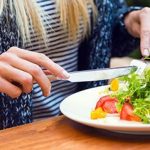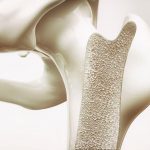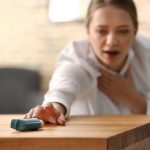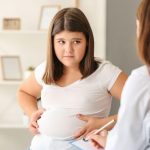
If you’ve ever thought you must absorb more calories from food than other people do, you might be onto something: A new study hints that some people’s gut bacteria extract more energy, as in calories, from food — possibly contributing to weight gain. The study, of 85 overweight adults, found that those with a particular gut bacteria profile — dubbed the “B-type” — had less energy density in their stool samples, versus people with other bacterial profiles. “Energy” is what most of us know as calories, and the finding suggests that people with a B-type gut might pull more calories from their food before it’s eliminated as waste. And it’s possible, though not proven, that could influence body weight, the researchers added. On average, study participants with a B-type gut weighed about 20 pounds more than participants with another gut bacteria profile dubbed the R-type, according to senior researcher Henrik Roager. The big caveat is it’s not clear what caused that weight difference, said Roager, an associate professor at the University of Copenhagen, in Denmark. “Future studies should investigate whether individuals receiving the same amount of calories would differ in weight gain, depending on their gut microbes’ ability to extract energy,” he suggested. The study, published online recently in the journal Microbiome, is one of the latest looks at the gut microbiome — the vast… read on > read on >


















